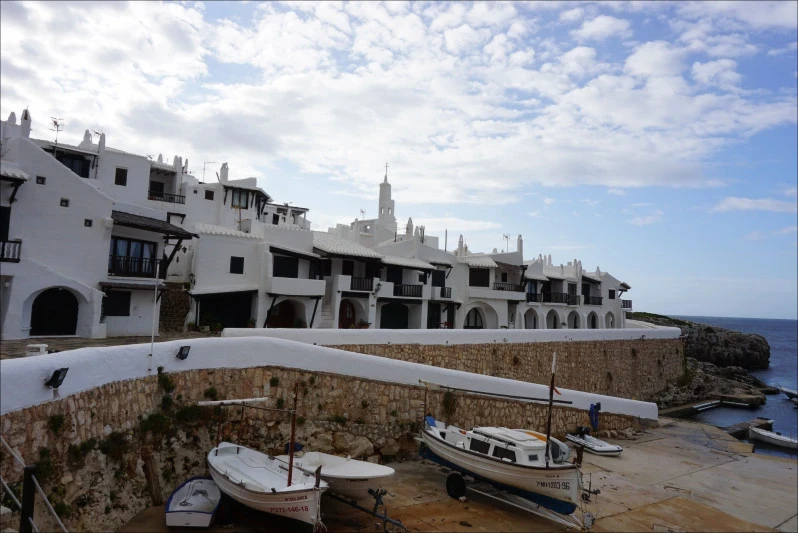What is the Cadastral value and how to find it?
April 4, 2022

What is the Cadastral Value?
The cadastral value (Valor Catastral in Spanish) is an administrative value assigned to all Spanish properties. It is used to determine the amount of local tax rates that each property owner must pay and to calculate the tax liability for non-residents when it comes to non-rented properties.
The cadastral value is an objectively determined administrative value for each property resulting from the application of the valuation criteria established in the valuation of the municipality concerned.
How is the Cadastral Value Calculated?
To determine the cadastral value of a property, the following components are essentially taken into account:
- The location of the property, the urban planning conditions affecting the land and its suitability for production.
- The execution costs of the construction, the quality and age of the building and the historical-artistic character or other conditions of the buildings.
- The conditions and values of the market, the value of the land, the value of the construction and the production costs and profits of the construction activity.
In general, the cadastral values may not exceed the market value of the real estate. To this end, a ministerial decree established a market reference coefficient of 0.5 at the time of approval and entry into force of the cadastral valuation. In the case of real estate with an administratively limited sale price, the cadastral value may not exceed this price under any circumstances.
Cadastral values are calculated by the Catastro (https://www.sedecatastro.gob.es/), an administrative register under the Ministry of Finance. The cadastral values may be updated from time to time through the application of coefficients authorised by the relevant general budget laws.
Once the cadastral values are established, they are passed on to the local authorities, which use them to calculate local tax rates.
How can I find out the cadastral value of my Spanish property?
How is the non-resident tax (Modelo 210) calculated?
For the non-resident tax return, the cadastral values are used to calculate the imputed income for non-rented properties by multiplying this value by the corresponding imputed percentage (1.1% or 2% depending on the municipality and tax year).
€480 (Tax Liability)
If you have any doubts, you can also contact our expert support team, who will be happy to answer any questions to help you get your Modelo 210 done right.